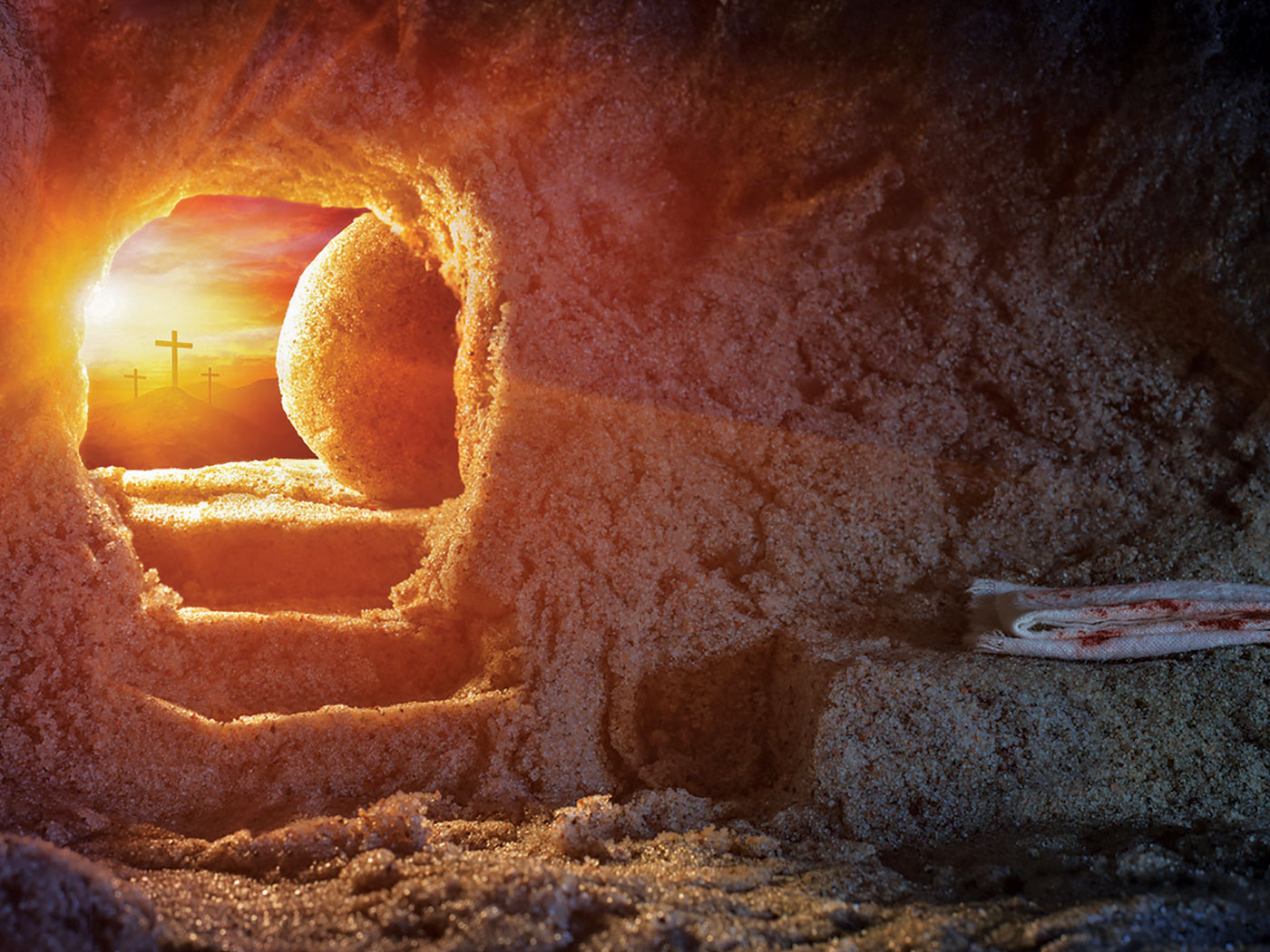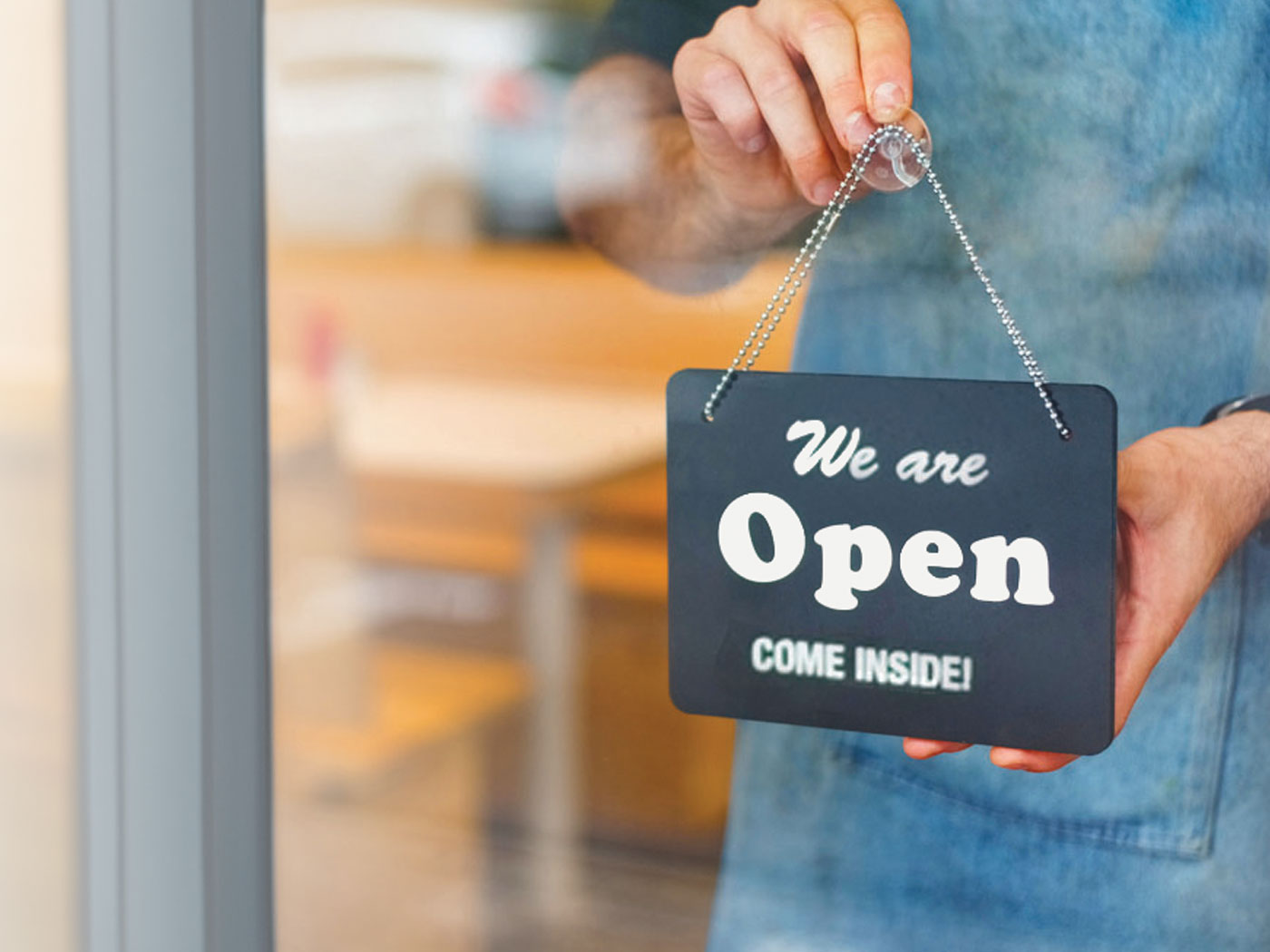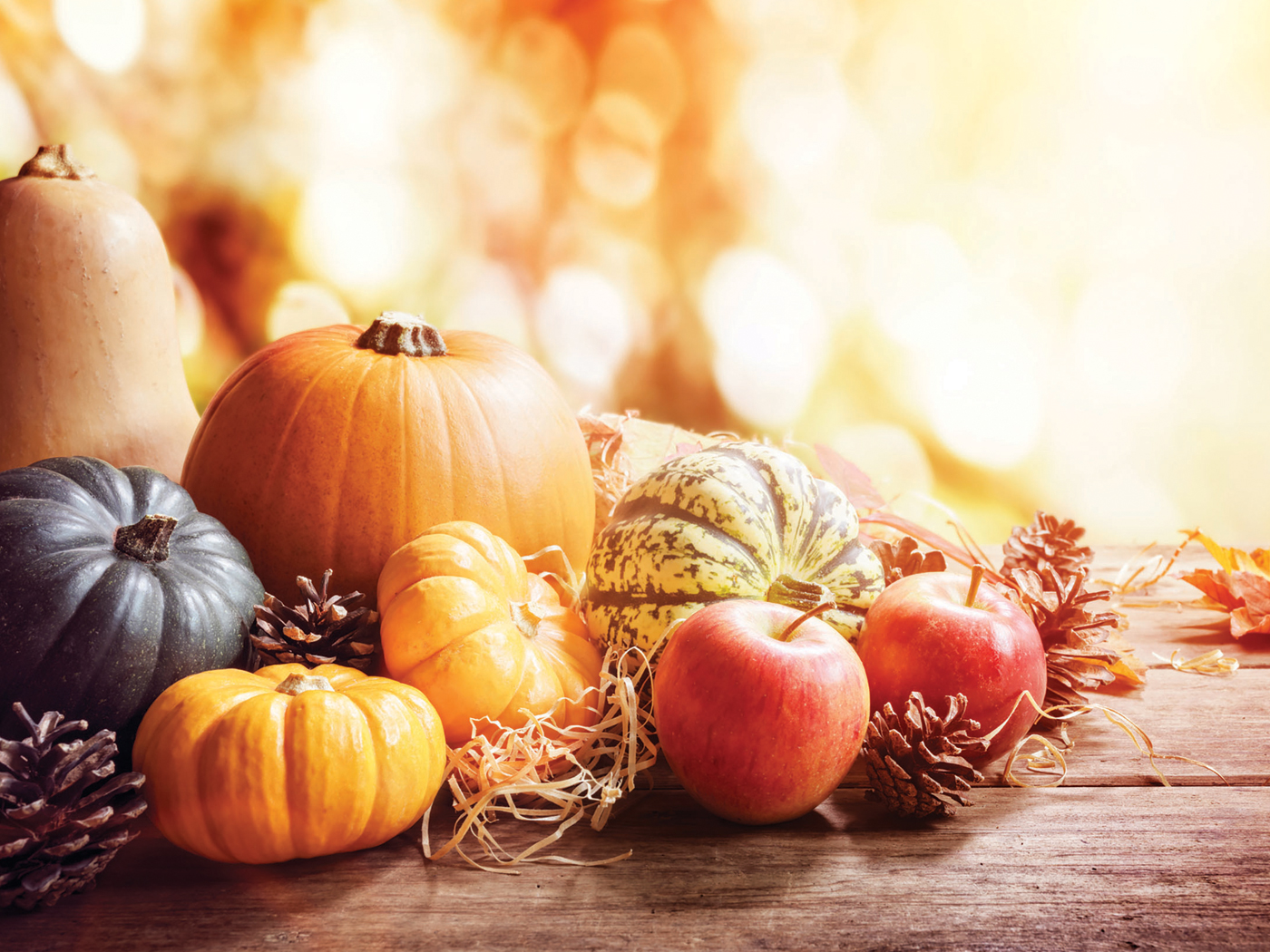A study led by Oxford University researchers was recently published confirming that Neanderthals and humans were very genetically similar and interfertile. They were even closer than polar and brown bears are to each other, which are known to mate and produce viable offspring in the wild quite easily.1 Along with a plethora of previous DNA studies, this research further confirms that Neanderthals were an ancient people group of the human family, descended from Noah’s three sons and their wives after the global Flood.2-4
The analysis of matings between anatomically modern humans and their close archaic relatives, Neanderthals and Denisovans, has been increasingly demonstrated through the analysis of ancient DNA extracted from fossil bones and teeth over the past decade. However, many evolutionists have still claimed that modern humans and their archaic cousins were radically different and that their ability to breed and produce viable offspring was at the far edge of biological compatibility.
In this new study, the researchers developed a genetic distance metric to predict the fertility of the first generation of hybrid offspring between the mating of any two mammalian species. They did this by analyzing genetic sequence from different mammal species that were already known to produce viable hybrid offspring. By correlating genetic distance with offspring fertility, they showed that the greater the genetic distance, the less likely it would be that the offspring would be fertile. Then the researchers effectively used the genetic distance values to determine thresholds of fertility for various mammals.
When the genetic distance between humans, Neanderthals, and Denisovans was calculated, the values were even closer than those found between various animals that are known to readily and easily hybridize in the wild. This includes polar bears mating with brown bears and coyotes mating with wolves. In fact, professor Greger Larson, who is the Director of the Palaeogenomics and Bio-Archaeology Research Network at Oxford University and the senior author of the study said, “Humans and Neanderthals and Denisovans were able to produce live fertile young with ease.”5
These findings confirm that Neanderthals were nothing less than human. Creationists believe that they likely lived shortly after the global Flood since their remains are typically found in ritually buried graves in cave systems—not the global Flood sediments that end at the Neogene-Quaternary (N-Q) boundary at the top of the Cenozoic rock layers.6 And not only is the DNA of Neanderthals identical to modern humans, but the so-called “archaic traits” of a pronounced brow ridge and a sloping forehead can still be found in modern humans living today.7 Once again, the facts of science confirm the scriptures—not the mythical fact-free story of human evolution.
Stage image: Neanderthal reconstruction.
Stage image credit: Kennis & Kennis Reconstructions. Copyright © 2020. Adapted for use in accordance with federal copyright (fair use doctrine) law. Usage by ICR does not imply endorsement of copyright holders.
References
1. Allen, R. et al. 2020. A mitochondrial genetic divergence proxy predicts the reproductive compatibility of mammalian hybrids. Proceedings of the Royal Society. 287 (1928).
2. Tomkins, J. P. DNA Proof That Neandertals Are Just Humans. Creation Science Update. Posted on ICR.org February 21, 2014, accessed June 15, 2020.
3. Tomkins, J. P. Ancient Human DNA: Neandertals and Denisovans. Acts & Facts. 43 (3).
4. Tomkins, J. P. 2020. Neanderthal DNA Muddles Evolutionary Story. Creation Science Update. Posted on ICR.org April 7, 2020, accessed June 15, 2020.
5. Staff Writer. Humans and Neanderthals: less different than polar and brown bears. University of Oxford News and Events. Posted on ox.ac.uk June 3, 2020, accessed June 15, 2020.
6. Clarey, T. L. 2020. Compelling Evidence for an Upper Cenozoic Flood Boundary. Acts & Facts. 49 (5).
7. Tomkins, J. P. 2019. Recent Humans with Archaic Features Upend Evolution. Acts & Facts. 48 (4).
*Dr. Tomkins is Life Sciences Director at the Institute for Creation Research and earned his doctorate in genetics from Clemson University.
Humans and Neanderthals More Similar Than Polar and Brown Bears
The Latest
The Lord Jesus: The Gift of Christmas
“Therefore God also has highly exalted Him and given Him the name which is above every name, that at the name of Jesus every knee should bow,...
Garments for the King
“All thy garments smell of myrrh, and aloes, and cassia, out of the ivory palaces, whereby they have made thee glad.” (Psalm 45:8)
One...
Bold Claim, Hidden Design: What Salterella Reveals About Early...
What if a fossil no bigger than a grain of rice showed engineering so precise that it still puzzles scientists? That is the intrigue surrounding Salterella,...
CREATION PODCAST
Black Holes are BREAKING the Big Bang! | The Creation Podcast:...
Space is full of some of the strangest and most breath-taking objects in existence. Among them, black holes sit right at the top of the list. They're...
Where Did Most of Earth's Species Come From?
Evolutionary naturalism is locked into seeing the entire living world as having evolved from a single common ancestor many millions of years ago.1...
A Molecular Snowmobile
People following—or actively involved in—creation science are no doubt aware of the incredible molecular motor called the flagellum,1,2...
Rhino Fossil Requires the "Impossible" from Conventional...
A recent study published in Nature Ecology & Evolution claims that the “impossible” actually happened—not just once, but three...
December 2025 ICR Wallpaper
"Come now, and let us reason together," Says the LORD, "Though your sins are like scarlet, They shall be as white as snow; Though they...
The Bipedal Two-Step of Human Evolution
The supposed evolution of bipedalism continues to be a major obstacle in the narrative that humans evolved from apelike ancestors.1,2
For...
CREATION PODCAST
The James Webb Space Telescope vs The Big Bang | The Creation...
When you look into the night sky, you’re seeing light that has traveled incredible distances to reach you. For centuries, astronomers have used telescopes...
















